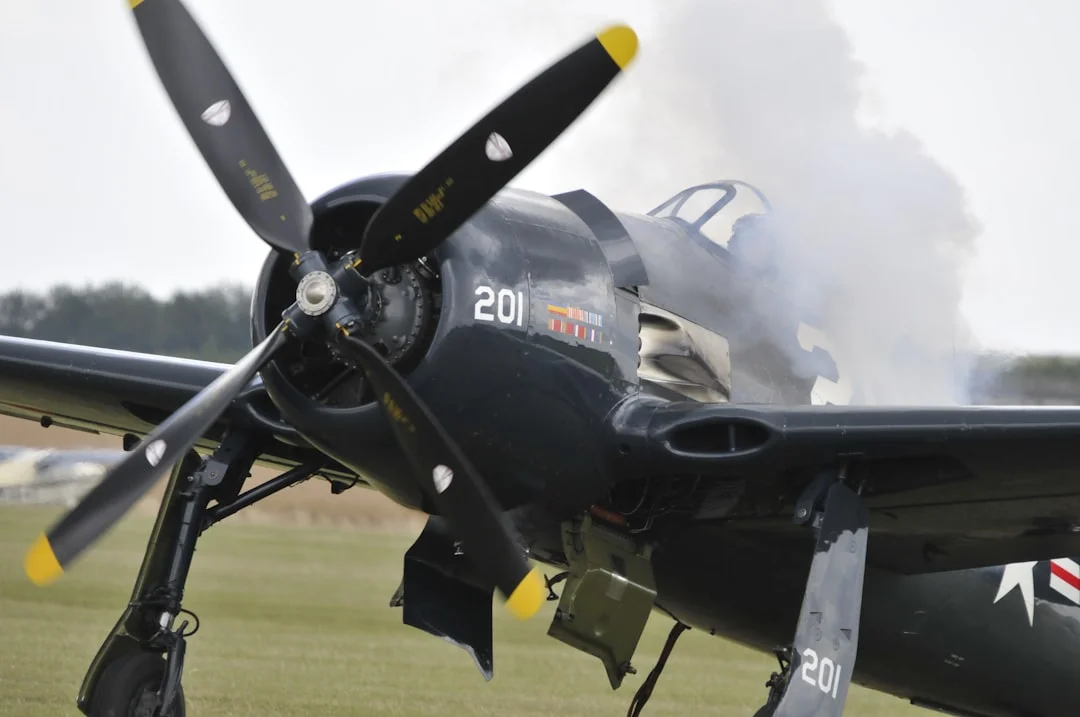What is Heading on Cessna 172? Heading, often abbreviated as HDG, represents the direction in which the aircraft’s nose is pointed, expressed in degrees relative to magnetic north. For pilots flying the Cessna 172, one of the most popular training aircraft worldwide, understanding HDG is fundamental for navigation, situational awareness, and safe operation.
The concept of heading on the Cessna 172 is closely linked with other critical flight parameters such as magnetic course, ground track, and wind correction angle. Pilots rely on the heading indicator and magnetic compass to maintain precise control of their aircraft’s trajectory. This article will delve into the technical aspects of what heading means on the Cessna 172, how the system works, and why accurate heading information is essential for flight safety.
What is Heading on Cessna 172?
Heading on Cessna 172 refers to the actual direction the aircraft’s nose is pointing at any given moment, measured in degrees from 000° to 359°. This measurement is relative to magnetic north rather than true north, which is crucial for navigation since magnetic north aligns more closely with compass systems.
Unlike course or track, which describe the intended or actual path over the ground, heading strictly describes the instantaneous orientation of the aircraft’s longitudinal axis. For example, a pilot might maintain a heading of 090° (due east) even if the aircraft’s ground track deviates due to crosswind. Heading is displayed primarily through the aircraft’s Heading Indicator (HI) or Directional Gyro, an instrument that provides a gyroscopically stabilized heading reference that pilots frequently cross-check with the magnetic compass to account for instrument drift.
How the Heading Indicator Works on the Cessna 172
The Heading Indicator in a Cessna 172 is a gyro-based instrument that provides a stable reference to magnetic heading, designed to overcome the limitations inherent in magnetic compasses such as lag and deviation. The gyroscope inside the heading indicator spins at high speeds to maintain a fixed position relative to the aircraft, allowing the instrument to show heading changes accurately as the aircraft turns.
However, the Heading Indicator is prone to precession and may drift over time, so pilots are trained to realign it regularly with the magnetic compass, typically every 15 minutes or during straight and level flight segments. The instrument displays heading on a 360-degree scale marked in 5-degree increments. For example, a heading of 270° corresponds to west, 180° to south, and 360° or 000° to north. This granular display helps pilots maintain precise directional control during maneuvers, instrument approaches, and en-route flying.
Importance of Understanding Heading (HDG) in Flight Operations
Accurate knowledge of what is heading on Cessna 172 is crucial for many aspects of flight operations. Heading control affects everything from basic navigation to safety in adverse weather conditions. Pilots use the heading to execute turns, maintain routes, and align with runways during approaches. Additionally, understanding heading versus track and course is necessary to compensate for wind drift using wind correction angles, ensuring the aircraft reaches the intended destination accurately.
In practical flight scenarios, a pilot flying with a heading of 360° in a 15-knot crosswind from the west will experience a drift, causing the aircraft’s actual track over the ground to differ from the heading. In such cases, adjusting the heading to the right by several degrees (for instance, to 010°) corrects the drift and aligns the track with the desired ground path. This interplay makes the HDG indication an essential tool for both VFR (Visual Flight Rules) and IFR (Instrument Flight Rules) pilots practicing precise navigation and control in the Cessna 172.
For comprehensive insights into heading and other flight instruments useful for Cessna 172 pilots, the FAA publishes detailed information in FAA’s Airplane Flying Handbook, which can be accessed here.
For More: What is UTC on Cessna 172? (Coordinated Universal Time)




